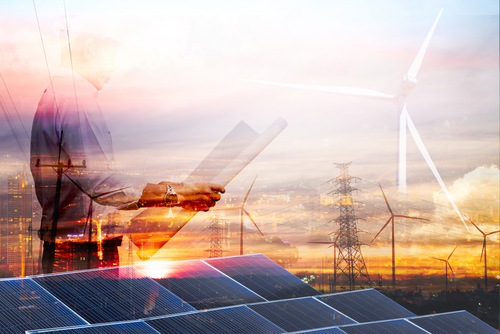Solar and Storage Industries Institute releases framework on balanced clean energy development, conservation approach

With the release of a new whitepaper this week, the Solar and Storage Industries Institute (SI2) detailed a path for large-scale solar project siting that would, in theory, jointly maximize development while maintaining natural ecosystems and local communities.
Land use and siting challenges remain barriers to clean energy growth, according to the report, “Large-Scale Solar Siting: Encouraging Ecosystem Enhancement and Conservation While Producing Much Needed Zero-Carbon Electricity.” That said, there are means for companies to proceed that would improve both of these areas – notably, by engaging with communities and minimizing impacts on the area.
The organization also had a word for lawmakers, urging them to keep to the lanes of existing law. New restrictions for renewable energy specifically could lead to unnecessary burdens and lengthen permitting and siting. For developers, existing law means that developers should conduct environmental impact assessments as part of their work. However, SI2 also encouraged developers to begin the outreach portion of things early.
“Solar development and environmental conservation are not at odds — there is more common ground than many people realize,” David Gahl, executive director of SI2 and lead author of the paper, said. “SI2 also found that the conservation benefits of solar power go far beyond the clean electricity pumped into the grid. Regulators and federal agencies can go a step further and take these benefits into account when approving large-scale solar projects.”
The creation of pollinator habitats, runoff management, and soil regeneration could all stem from solar development, the authors noted. Such things should be factored into the permitting process itself, in SI2’s view, and used to hasten it. Taking it beyond local engagement, SI2 also encouraged state governments to make clean energy project development tools to help local governments make decisions, as they may be the final word but are often understaffed or resourced.
At the end of the day, though, Gahl and his fellow authors concluded that nothing aids development like community engagement. He said that talking early and often and responding to community concerns are the best means of rapidly decarbonizing the grid and deploying solar and storage assets.
